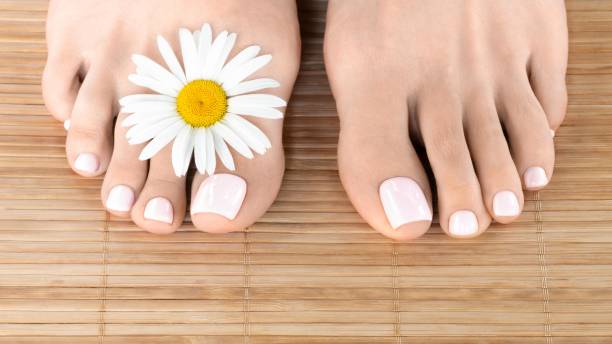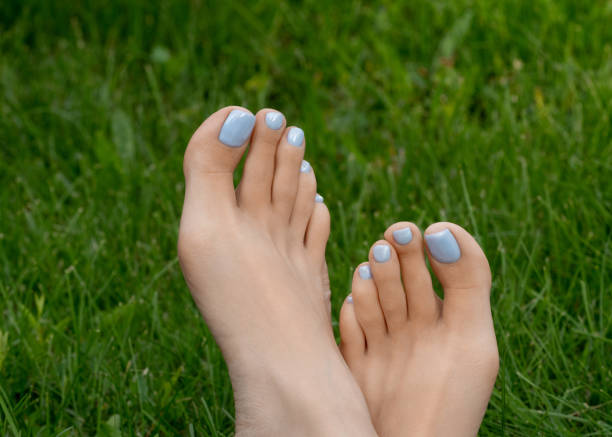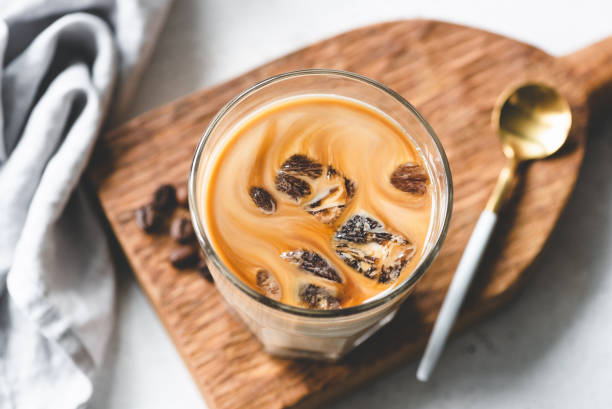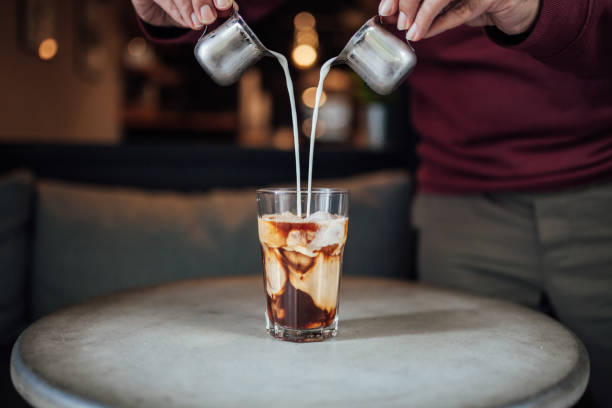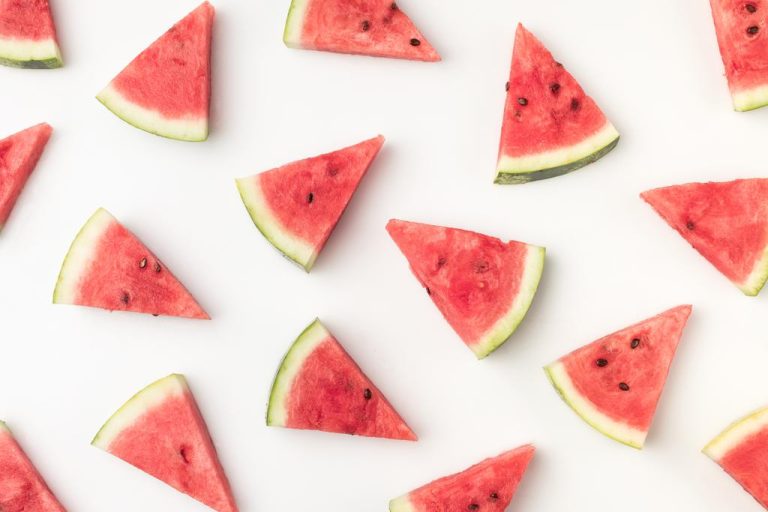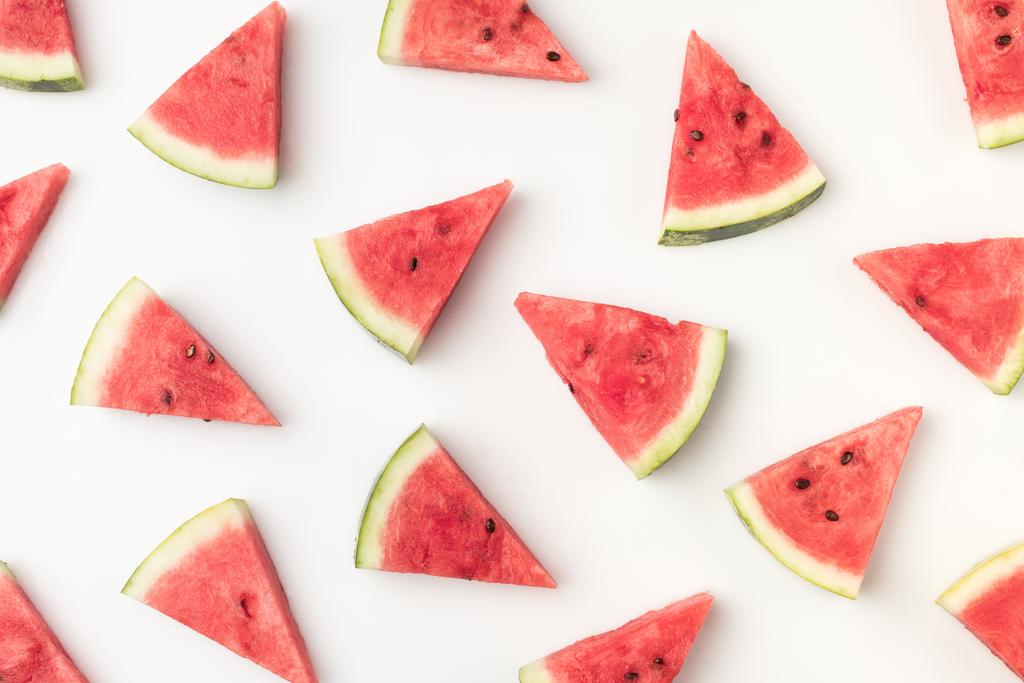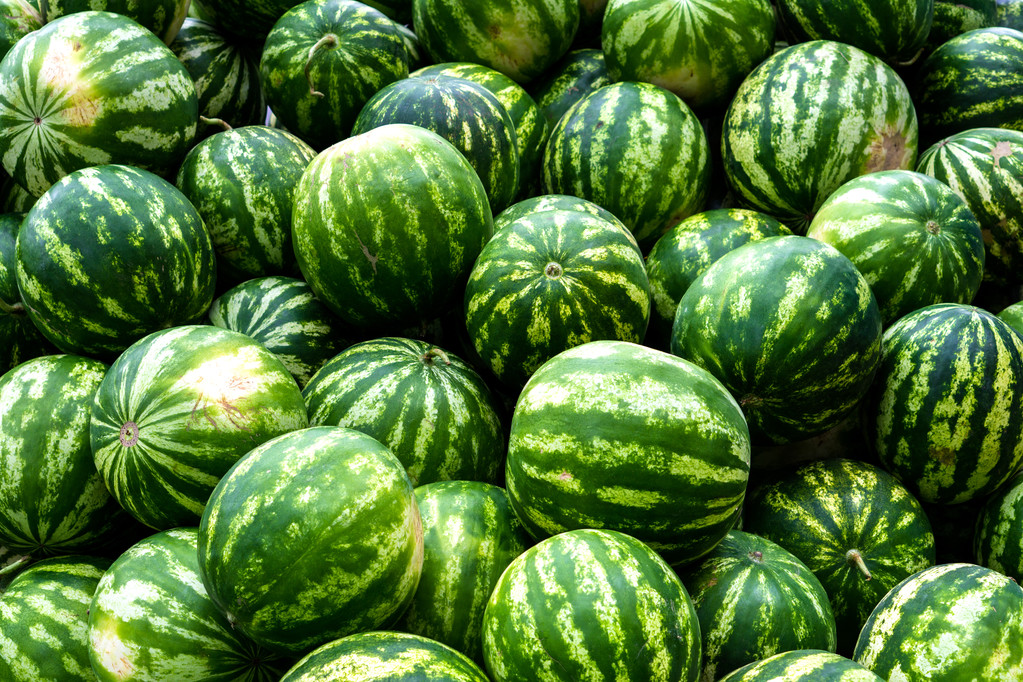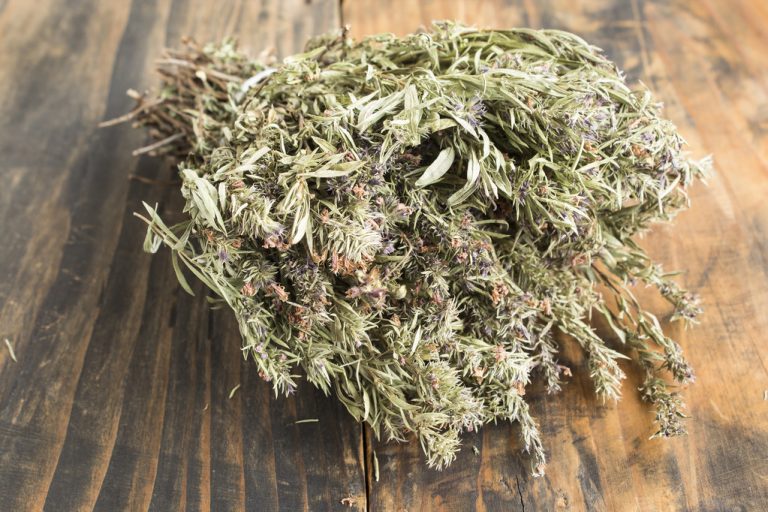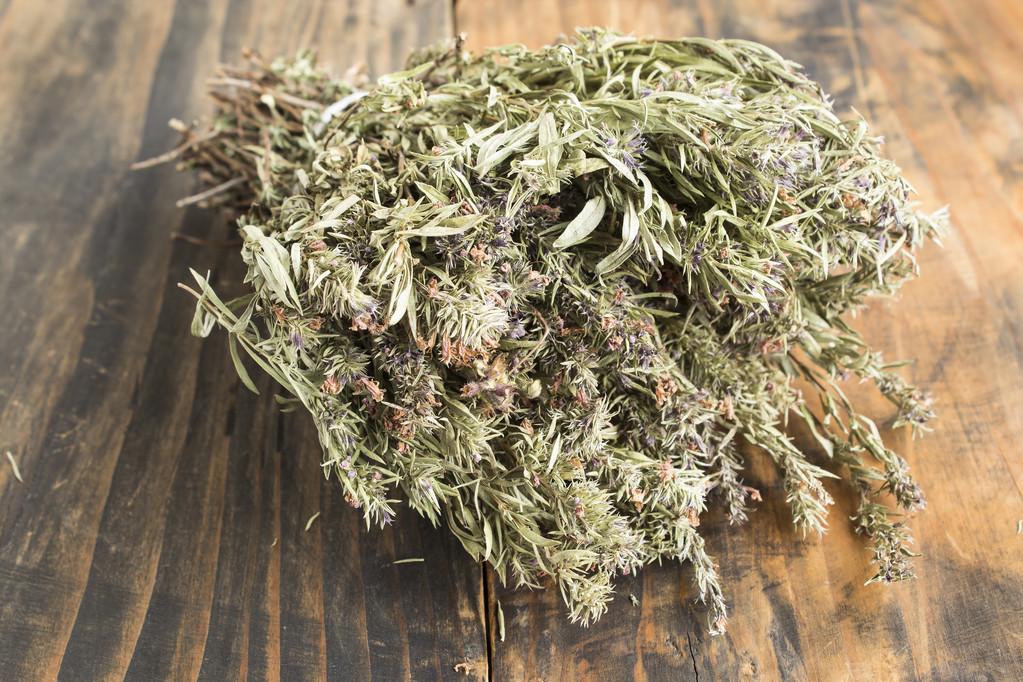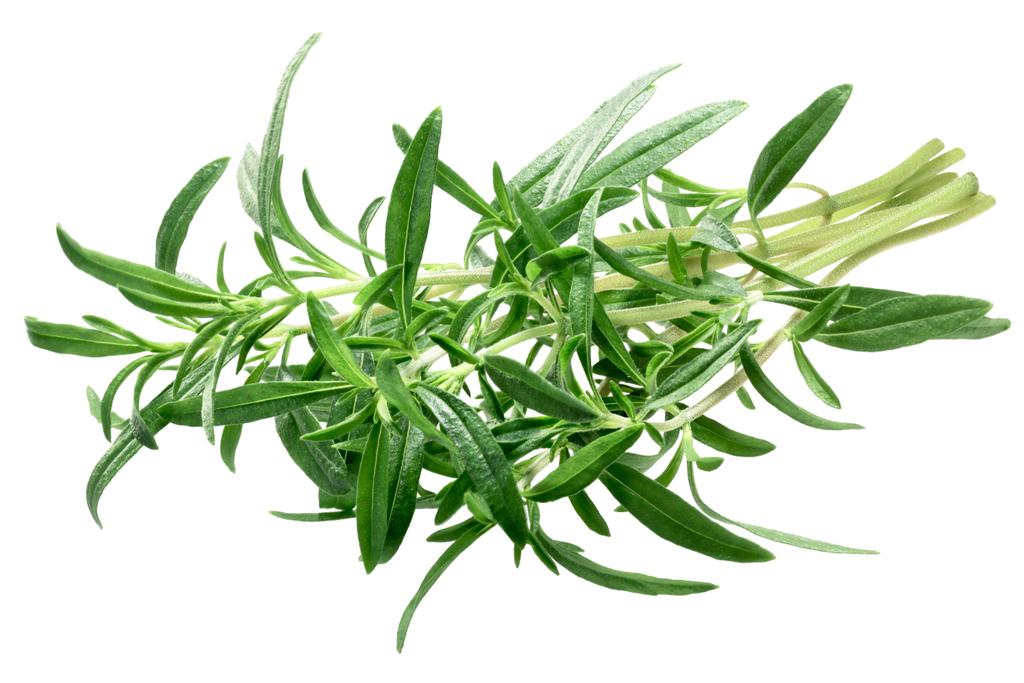Tips and tricks for tanning faster in summer. The right and quick summer tan is an art. Anyone can tan quickly in summer if they follow a few tricks. We’ll tell you how you can get as beautiful a tan as the models. With instructions and advice, you will quickly get a tan in summer.
Browning from milking fat
If you would like to tan quickly in summer, simply apply some milking fat to your skin before sunbathing. You can get this in the drugstore for as little as 2 euros. But be careful, the skin becomes very warm and blisters can break out more often. Alternatively, you can also use coconut oil or coconut fat. In addition, note how to get the summer tan and stay tanned longer.
Tanning with olive oil
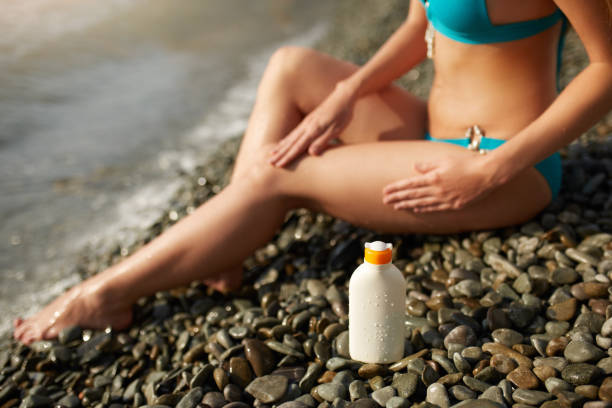
Olive oil not only tastes wonderful in a salad but also gives the skin a bronzy complexion. Olive oil nourishes the skin and at the same time accelerates the tanning process. Unfortunately, there is also a risk here of increased broom tears.
Tan on the water
Since water also reflects the sun’s rays, you should sunbathe in the water. So if you are by the water on a boat or a mattress, you will get more sun. That also explains why many water sports enthusiasts are so brown.
Take beta carotene
Beta carotene is a precursor of vitamin A and helps the skin to process the sun’s rays and is also a suitable diet for sun protection. People who get sunburned quickly should eat a lot of fruit and vegetables, where plenty of betas contains carotene. This is particularly found in carrots, apricots, and red peppers.
Sufficient moisture for the skin
Especially in summer, the skin needs a lot of moisture and care. Skin that is optimally moisturized reacts biochemically better to the sun’s rays and tans faster as a result. Adequate fluid intake is also important for this. That’s why you should drink at least 2 liters of water a day.
Never do without sun protection
It doesn’t matter how quickly you want to tan – sufficient sun protection for the skin is essential. Sunscreen will make your tan more slowly, but your tan will last longer. In addition, without sunscreen with UV protection, you risk sunburn. And avoiding sunburn is a top priority. If such a thing does occur, you should treat sunburn effectively.
Use self-tanner
Anyone who cannot tolerate the sun or has no opportunity for sunbathing can use special self-tanners. For this, however, your skin must also be supplied with sufficient moisture, otherwise unsightly stains can form. So make sure you spread the cream evenly. Spots can form, especially in rough areas such as elbows. It is best to use a scrub beforehand.
Tanning spray for the body
Many now offer tanning for the entire body. Here the body is sprayed with a so-called tanning spray, which gives the skin a bronzed complexion. The good thing is that tanning and self-tanners are completely harmless to the skin and can be used safely.
Use tanning accelerator
If you want to tan as quickly as possible, you can use a tanning accelerator before sunbathing. You simply apply it like a normal skin cream. If you would like to increase the tanning effect a little, you can cheat and use a little bronze shimmer or bronze powder.

Tanning pills to get a tan
Some manufacturers promise a quick tan with so-called tanning pills. However, these pills usually only contain a high proportion of beta carotene, which you can also add to your body through a conscious diet. So before you decide on tanning pills, you should check how they work.



